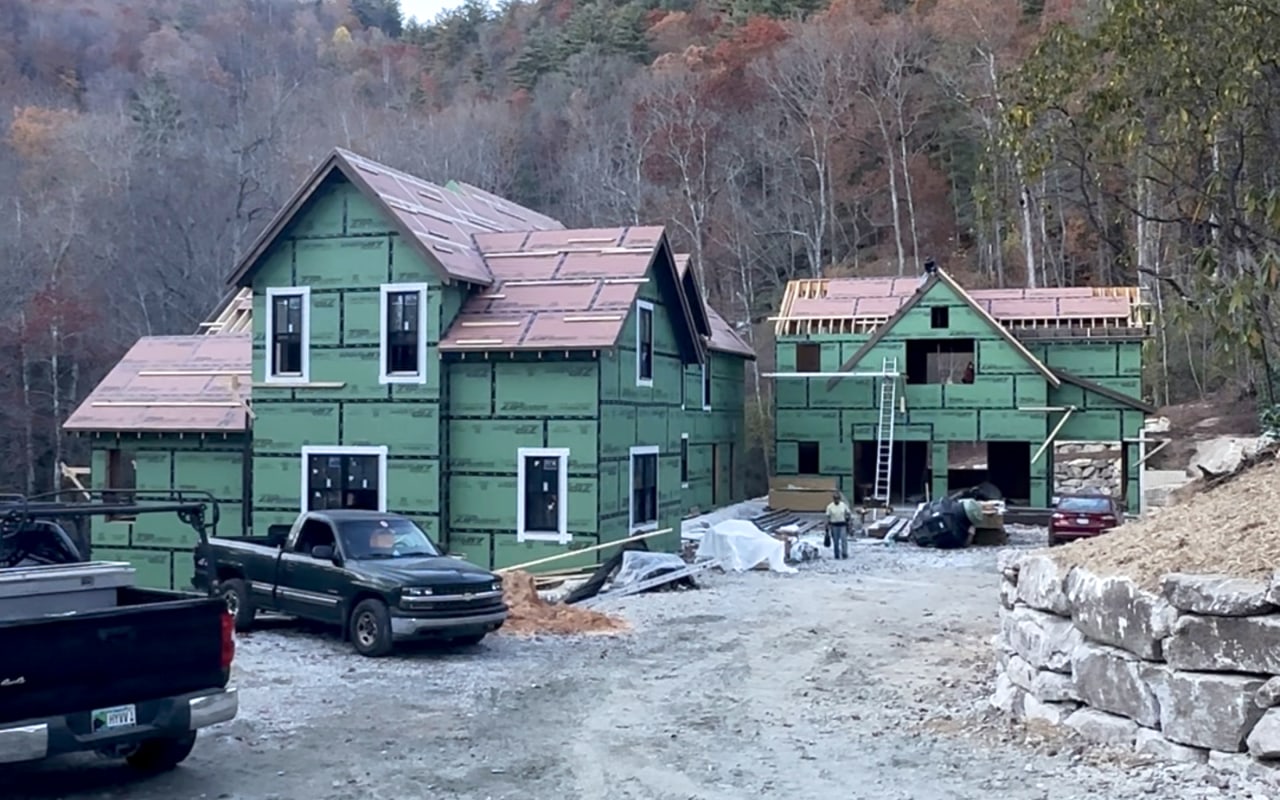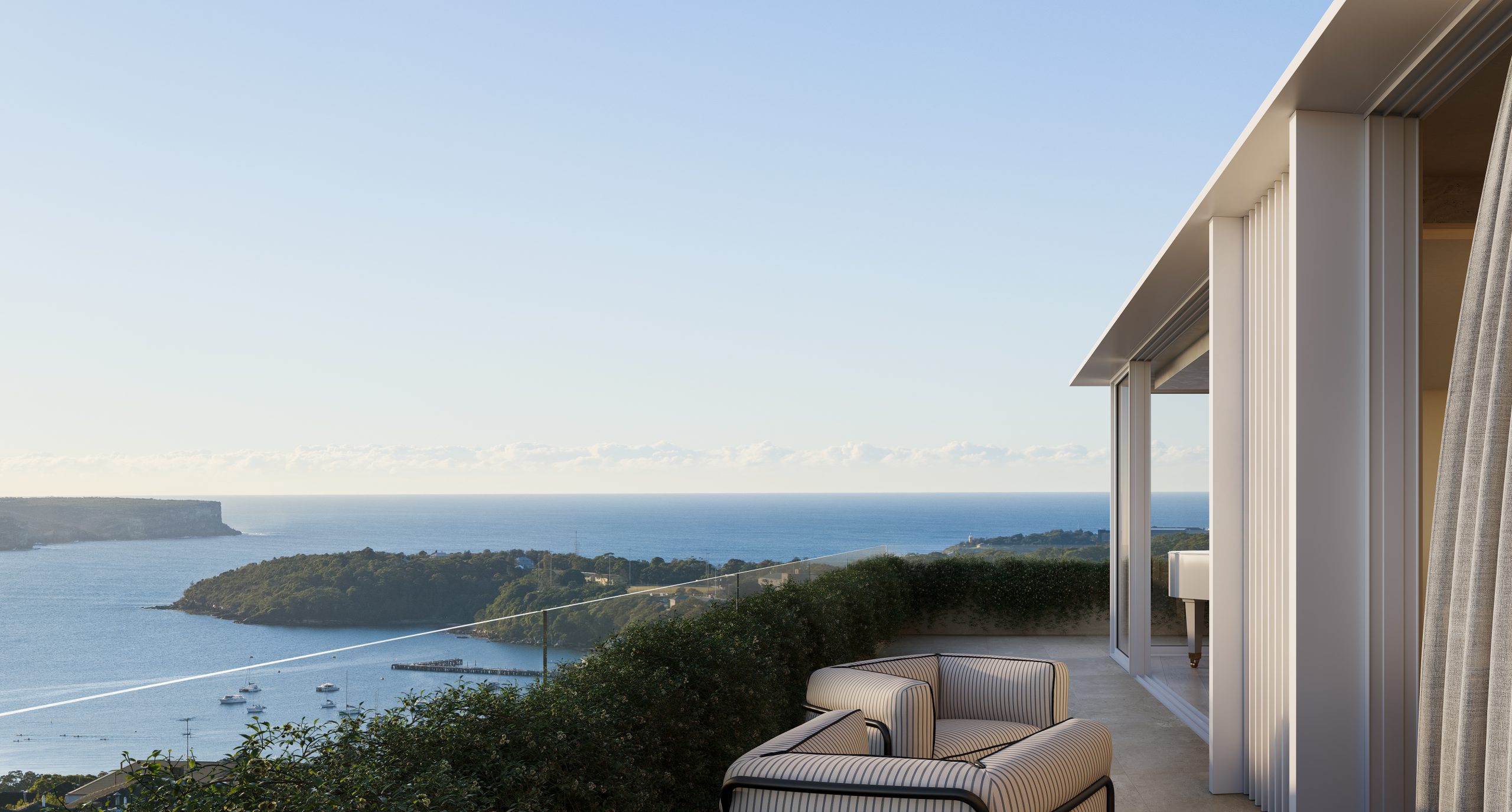Eclectic House With a James Bond-Style Garage on the Portuguese Riviera Lists for €10 Million
The house, with a pool, a wine cellar and cinema, is in Estoril’s gated Quinto Patino community.
If you’re looking to run into Cristiano Ronaldo, this six-bedroom villa near the coastal Portuguese town of Cascais, where the footballer lives, might up your chances.
The detached home, which came to market earlier this month asking €10 million (US$11.79 million), is within the gated Quinta Patino community in the town’s Estoril suburb, and comes with a private green-tiled pool, its own wine cellar and cinema, as well as a moody six-car show garage.
The eclectic house comes with a little French flair, including a grey mansard roof, as well as arched windows and a cream-stucco facade.
The interiors showcase a mix of modern floor-to-ceiling windows as well as more old-school elegance, including black-and-white checkered flooring, extensive crown moldings, a wood-paneled library and classic columns in between arched windows.
There are six bedrooms across 7,000 square feet, as well as a wine cellar, game room, a pergola and easy transitions between the indoors and outdoors.
“This residence was created for the way people truly want to live, with light-filled spaces that flow naturally from the kitchen and dining areas out to the garden and pool,” said listing agent Yared Hagos of Nest Seekers International via email.
Cascais is located in the Portuguese Riviera, roughly 30 minutes from Lisbon, and features sandy beaches, resorts and other visitor attractions.
“This property represents the best of both worlds, complete privacy in one of Portugal’s most prestigious gated communities, and yet you’re just minutes from the beach, the golf courses, and Lisbon’s cultural scene,” Hagos wrote.
Cascais is also one of many Portuguese cities to have benefited from the popularity of the country’s real estate among foreign investors, particularly its high-end homes , according to Hagos. Mansion Global could not determine the identity of the seller.
“With six consecutive months of rising buyer demand and price growth now exceeding 15% annually, prime areas like Lisbon, Cascais and the Algarve are seeing international buyers compete for an increasingly scarce supply of high-end homes,” he said.
The Portuguese Riviera also has seen an influx of celebrities in recent years, including most notably, soccer legend Cristiano Ronaldo, Mansion Global previously reported.
 Copyright 2020, Dow Jones & Company, Inc. All Rights Reserved Worldwide. LEARN MORE
Copyright 2020, Dow Jones & Company, Inc. All Rights Reserved Worldwide. LEARN MORE
From gorilla encounters in Uganda to a reimagined Okavango retreat, Abercrombie & Kent elevates its African journeys with two spectacular lodge transformations.
The PG rating has become the king of the box office. The entertainment business now relies on kids dragging their parents to theatres.
The developer’s award-winning rise continues with two new coastal landmarks redefining prestige design and delivery.
Mosaic Property Group is pushing Queensland’s prestige market into a new era, leveraging design excellence, construction certainty and a fully integrated operating model to deliver some of the most sought-after residences on the coast.
With its flagship Florence by Mosaic capturing the Urban Development Institute of Australia’s Queensland Project of the Year, and two new coastal projects, Madeline in Broadbeach and Josephine in Burleigh Heads, surpassing early sales expectations, Mosaic has cemented itself as one of the nation’s most consistent and compelling luxury developers.
For Mosaic, luxury isn’t about embellishment. It’s about precision—architectural, experiential and operational.
That philosophy has driven rapid evolution into the top tier of residential development, redefining how high-end buyers think about design, craftsmanship and developer reliability. As the market becomes increasingly selective, Mosaic’s approach has struck a powerful chord.

Florence: The Project That Rewrote Expectations
Florence by Mosaic marked a turning point for the company. Receiving the 2025 UDIA QLD Project of the Year and being recognised as Australia’s best mid-rise development at The Urban Developer Awards affirmed what industry insiders had already observed: Mosaic’s end-to-end business model is delivering residential outcomes of rare consistency and quality.
The project showcased the group’s signature methodology, from meticulous site selection and architecture-led planning to in-house construction and client care that continues long after settlement.

Madeline: Broadbeach Refined for A New Generation of Luxury Buyers
Madeline by Mosaic represents a confident expression of contemporary seaside prestige. Comprising a boutique collection of half-floor and full-floor residences, the project has been designed to maximise protected views of Broadbeach’s coastline—an increasingly rare commodity in the city’s accelerating development environment.
Each residence is shaped around privacy, spatial generosity and a seamless interplay between indoors and out. Interiors adopt a restrained, timeless material palette that favours longevity over decorative flourish, with bespoke detailing that signals the shift toward quiet luxury now dominating the upper end of the market.
The response has been emphatic. Madeline is approaching 90 percent sell-out within months, reflecting both deep demand for premium coastal residences and strong confidence in Mosaic’s delivery capabilities.
For buyers seeking security in a volatile market, Mosaic’s track record and disciplined processes have become a significant point of differentiation.

Josephine: A Boutique Icon for Burleigh Heads
On the iconic Burleigh Heads Esplanade, Josephine by Mosaic takes a more intimate approach to prestige living.
Its limited collection of half-floor and full-floor residences places exclusivity at the centre of the experience, with uninterrupted ocean views on the very prestigious Burleigh Heads beachfront, and architecture that embraces the raw beauty of the coastline.
Josephine’s early release was met with intense buyer interest, resulting in sales exceeding 50 per cent within weeks.
This momentum reflects the broader shift among affluent purchasers toward boutique coastal buildings that deliver privacy, permanence and a strong sense of place—qualities that Josephine captures with clarity.
Mosaic’s founder and Managing Director, Brook Monahan, encapsulates the project ethos simply: “Josephine is the antithesis of the high-rise tower. It’s intimate, personal, highly considered and deeply connected to its coastal setting.”
The Power of an Integrated Model
Much of Mosaic’s success in the luxury segment stems from its atypical business structure.
While many developers outsource design, construction and even customer service, Mosaic retains full control of every component—from research and site acquisition to architecture, building and post-completion care.
This end-to-end model compresses risk, eliminates handoff errors and ensures accountability at every stage.
For high-net-worth purchasers, that reliability is invaluable. In a prestige market shaped increasingly by uncertainty, the assurance that a project will be delivered exactly as promised has become a decisive factor.
Mosaic complements this with a research-led approach to site selection, targeting high-demand lifestyle destinations with enduring capital growth prospects.
This discipline has created a consistent portfolio of developments aligned with long-term value creation, not short-term speculation.

A Design Philosophy Built to Last
Across Florence, Madeline and Josephine, Mosaic’s design principles remain constant: scale rooms for real life, not marketing imagery; choose natural finishes that age with beauty; prioritise privacy, acoustic performance and engineering excellence; and orientate homes to capture light, views and a strong emotional connection to place.
This is luxury as functionality—not spectacle. Mosaic’s homes feel composed rather than crowded, timeless rather than trendy. As Monahan puts it, “Our ambition is simple: to create homes that feel as exceptional in 20 years as they do on day one.”
A Brand Built on Trust
In the luxury sector, reputation is everything. Mosaic’s rapid absorption rates at Madeline and Josephine are less about hype and more about the trust it has earned. Buyers recognise the brand not just for design, but for delivery discipline and transparency—qualities often promised but rarely upheld.
Projects are documented, audited and communicated with unusual clarity, and Mosaic’s client-care program continues long after completion. This culture of accountability has become one of its most valuable brand assets.
A New Standard for Prestige Living
Florence set the tone. Madeline and Josephine extend it. Together, these projects illustrate an evolution that is reshaping Queensland’s prestige residential market.
Mosaic isn’t simply building luxury residences—it is redefining what luxury means. With its integrated model, design-led philosophy and award-winning execution, the developer has established a new benchmark for premium living in Australia’s fastest-growing coastal region.
This is the Mosaic standard: prestige, delivered.
A 30-metre masterpiece unveiled in Monaco brings Lamborghini’s supercar drama to the high seas, powered by 7,600 horsepower and unmistakable Italian design.
BMW has unveiled the Neue Klasse in Munich, marking its biggest investment to date and a new era of electrification, digitalisation and sustainable design.
























